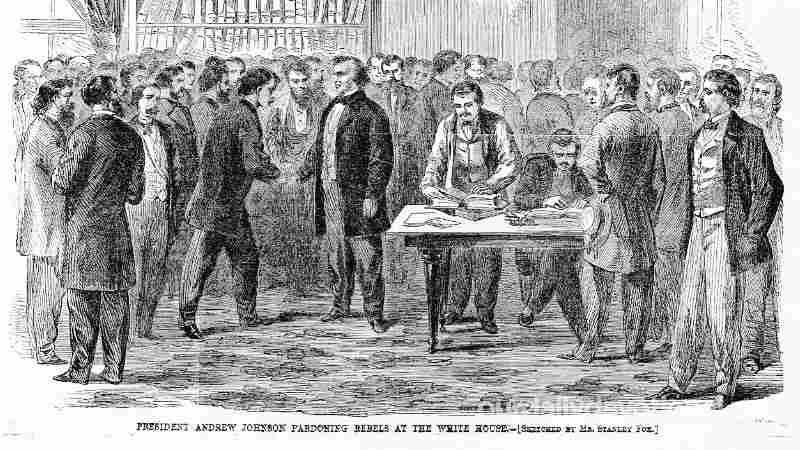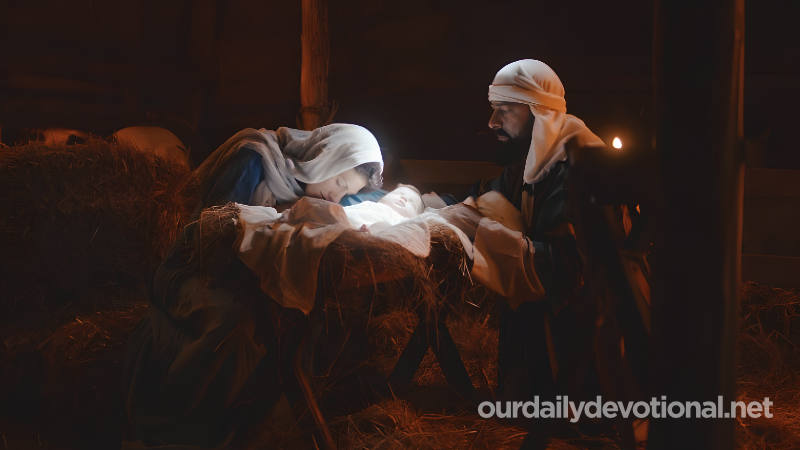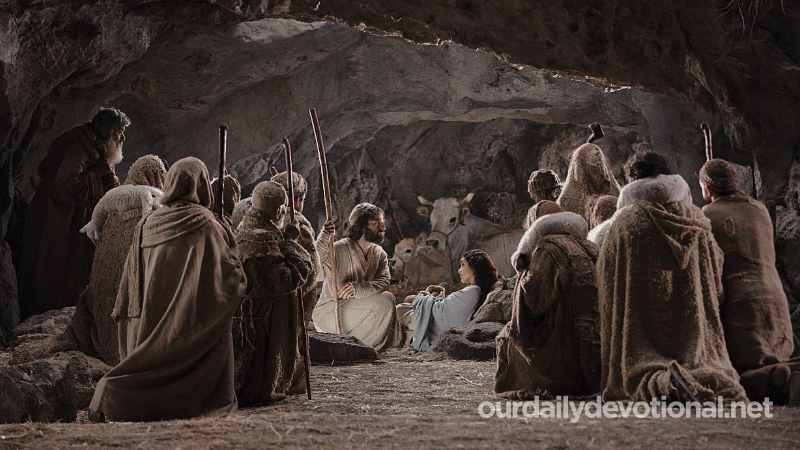Although it is generally translated as “fullness,” it is also rendered as “fulfillment,” “abundance,” and “full restoration.”
Derived from the verb «pleroõ» (to fill), it means «that which is or has been filled», and also «that which fills something or with which something is filled». Hence its meaning of "fullness" or "fulfillment."
Apart from more or less literal uses, such as the filling of the twelve baskets with leftovers (Mark 6:43; 8:20, lit. "the fullness, or fullness of...baskets"), it is used:
(a) of "the fullness of the Gentiles" which indicates the fulfillment of the number of the Gentiles in this dispensation of grace (cf. Rom. 11:25).
(b) of the “full restoration” (or “fullness”) of Israel (Rom. 11:12),
(c) of love, which is not a mere part of the Law to be fulfilled, but is "the fullness," the complete fulfillment of the demands of the Law (Rom. 13:10),
(d) of the fullness or fulfillment of time (A) at the first coming of the Lord (Gal. 4:4) and (B) at the second coming of the Lord when Christ comes "in the dispensation of the fulfillment" (or "the plenitude») of time, thus: this expression denotes that period of time with which a period preceding it culminates.
(e) It applies to the Church, the body of Christ, "the fullness of Him who fills all in all" (Eph. 1:23). Thus, the Church is the fullness of Christ, that in which Christ finds the fullness of his purpose, the ultimate fulfillment of his desires and purposes.
In turn, the believer is destined to be “filled with all the fullness of God” (Eph. 3:19), united to Christ by the Spirit as a member of His body, and filled with all the gifts, riches, and power and love of God consonant with its union with the heavenly Head, enjoying His presence, grace and power.
In Christ "all the fullness of the Deity dwells bodily" (cf. F. Lacueva, "New Greek-Spanish Interlinear Testament", loc. cit.), because "in him he was pleased that all the fullness should dwell" (Col. 1:19, cf. F. Lacueva, op. cit, loc. cit).
This fullness means the manifestation of the full reality of God in Christ in an unlimited way, of his identification with Him, indwelling in Christ in all the power and attributes of him, in all the nature and being of him.
All the fullness of God's being and nature dwells constantly and permanently in Christ. No limitation can be made to this reality that God is in Christ, Christ being thus, in a full and perfect way, the manifestation of God, the same God manifested in all his fullness and totally communicated to Christ, God made meat.
Thus, Christ is called "the image of the invisible God." In the words of F. F. Bruce: "To call Christ the image of God is to say that in Him the being and nature of God have been perfectly manifested, that in Him the invisible has been made visible..., an unsurpassed revelation has now been granted of His “eternal power and Godhead” (in Christ).
(The “Christ Hymn” of Colossians 1:1520, Bibliotheca Sacra, Apr.-Jun. 1984, p. 101). And this fullness of Christ is in violent contrast with Gnostic and other doctrines, which claimed that fullness was graduated in a whole series of "eons" or "divine emanations" that covered the distance between a totally spiritual God and man. in his corporeal nature, in an increasingly more and more spiritual sequence through which he had to ascend in a long chain of mediation.
In contrast to all this, Paul insists on the uniqueness of Christ's mediation, to the exclusion of any other alleged mediator (cf. 1 Tim. 2:5), and on the fact that all fullness dwells in Him (Col. 1:19), this fullness being that of the Godhead (Col. 2:9).
Meaning of FULLNESS
Although it is generally translated as “fullness,” it is also rendered as “fulfillment,” “abundance,” and “full restoration.”







